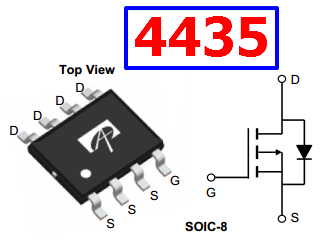

This allows Marlin to leverage the C++ preprocessor and include only the code and data needed for the enabled options.

Marlin is configured using C++ compiler directives. Hundreds of user-donated configurations are posted at the Configurations repository to get you started. Simply edit or replace these files, then build and upload Marlin to the board. h files contain all of Marlin’s build-time configuration options. See the Configuration with INI page for more information. config.ini may be included to modify the configuration at the start of a PlatformIO build.Configuration_adv.h contains more detailed customization options, add-ons, experimental features, and other esoteric settings.Configuration.h contains the core settings for the hardware, language and controller selection, and settings for the most common features and components.Marlin is a huge C++ program composed of many files, but among the most important are the files that contain all of Marlin’s compile-time configuration options: M306: Model predictive temperature control.FQP30N06L Mosfet Physical dimensions:įQP30N06L is 3 cm in length and 1 cm wide. Now, you should be able to control the load current using the FQP30N06L Mosfet. 20 ms delay (can add noticible delay if over 200ms) print out getPotValue to serial monitor set the PWM value on pin 3 for motor speed control the loop routine runs over and over again forever: PotPWMValue = min(potPWMValue, 255) // if above 255 somehow, use 255 max If (potPWMValue < 102)// below PWM value 102(Vgs=2v) use PWM value 0 to avoid rough run Int potPWMValue = map(potAnValue, 0, 1023, 0, 255) // mapping to get 0 to 255 Int potAnValue = analogRead(pot) // read the input pin declare pin 3 and A0 to be an output and input respectively: Int pot = A0 // potentiometer is connected to analog pin 0 Int motorPin = 3 // the pin that the motor is attached to Upload the code given below to your Arduino baord:ĭC Motor speed control using FQP30N06L with Arduino and potentiometer.To know more about Arduino PWM frequency change, read this article. Gate of the Mosfet is connected to the Digital PWM pin 3 of the Arduino UNO here, you can connect it to any other PWM pin according to the Load PWM frequency OR switching frequency requirements.Load can be a Motor, a lamp, solenoid etc.Connect the Arduino with the Mosfet using the required components as shown in the circuit diagram above.To use FQP30N06L with Arduino follow these steps: FQP30N06L Mosfet with Arduino Circuit Diagram


 0 kommentar(er)
0 kommentar(er)
